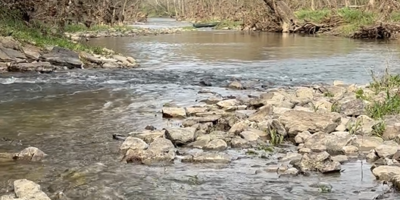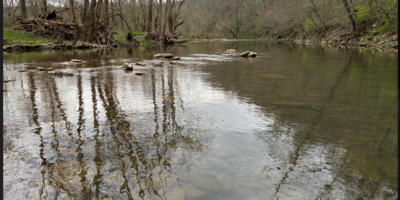The middle in art
By Clay Wainscott
Art in everyone’s hometown revolves around two constellations and they’re far apart. There’s the glamorous ponzi-bubble of international brand name art, the latest trends trickling down through academic institutions with their inordinate influence on art juried into non-profit galleries and sanctified with state sponsored grants. By making novelty and sensation the most important aesthetic values both the sly marketeers and the tax supported, charity driven art industry can keep the general public at bay and out of their business.
On the other side is art’s blue collar class, the genre painters. They consider what people will buy in a geographic area and practice that. Mediocre painters in Kentucky can make a living painting horses, or blowing palms and surf in Florida, cowboys and mountain vistas out west, and someone with a little more talent does well. It’s a safe and comfortable sort of art that people like to take home from their travels, and a good piece will remind them of where they’ve been for a long time, but it’s a made-to-sell product with little choice in subject and not much room for imagination.
Between the two is a vast desert rarely crossed, littered with tattered canvas, squeezed paint tubes, and haunted by withered aspirations. Artists who venture out there full of hope and commitment come back different, as surly cooks in restaurants and craft fair nomads. Still, this isn’t about them. It’s about reseeding and repopulating that area in the middle where most productive people think and live. The contemporary art in the national magazines is no more relevant to the lives of average people than the runway collections from the pages of Vogue, and emulating the latest thing is something only those in school have time for. At the other extreme, painting for an established regional market is something like factory work, producing a product to be used solely for decoration.
Just now there’s a budding new awareness of art and independent artists in this region and the diversity they represent, and ordinary people have the opportunity to help establish careers in what had been arid territory with just a little bit of rain. It isn’t up to artists to reclaim the middle since some of them never left, but up to you and all your friends. Find out who makes art independently in central Kentucky and notice their work when you see it in person. Genuine art movements begin with an awakening audience and just your attention can cause a sudden blooming after a long drought as original art begins to go up in ordinary houses.
Clay Wainscott is a local painter.




Leave a Reply